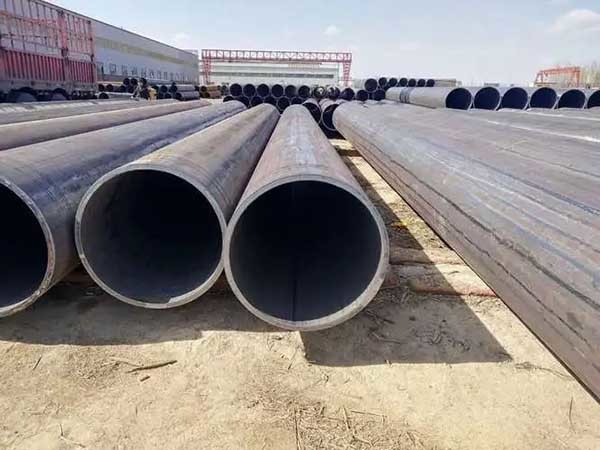Pipe Cap Precautions: What You Need to Know
Jun 27,2025
Understanding the Pipe Cap
So, what’s the deal with a pipe cap? These nifty little devices are used to seal the end of a pipe, preventing leaks and keeping out unwanted debris. Whether you’re a DIY enthusiast or a seasoned professional, knowing how to effectively use and install a pipe cap can save you time, money, and a whole lot of hassle. Let's dive into some critical precautions you should take when working with these handy components!
Choosing the Right Material
First things first, choosing the right material for your pipe cap is crucial. They come in various materials like PVC, metal, and rubber, each serving different purposes. Don’t just go with the cheapest option; consider the environment where the cap will be used. For instance, a metal cap might be ideal for high-pressure applications, while a PVC cap is perfect for low-pressure water systems.
Sizing It Right
Next up, size matters! A pipe cap that’s too big won’t fit snugly, and one that’s too small? Well, that’s just asking for trouble. Always double-check the diameter of your pipe before purchasing. A tight fit is essential for preventing leaks, so grab a tape measure and make sure you get it right. Measure twice, buy once – that’s the mantra!
Installation Tips
Now, let’s chat about installation. Installing a pipe cap can be a walk in the park if you follow some straightforward steps. Make sure the pipe end is clean and free from dirt or debris. A clean surface ensures a proper seal. When screwing on the cap, use a wrench to tighten it, but don’t overdo it. Too much torque can crack the cap and lead to leaks. Oops, nobody wants that!
Safety First!
Speaking of leaks, safety should always be your top priority. If you’re working with gas or high-pressure liquids, ensure you’re wearing protective gear. It’s better to be safe than sorry, right? Also, consider using thread sealant to ensure a leak-proof connection. Just a little dab will do ya!
Regular Maintenance
Once your pipe cap is in place, don’t just forget about it! Regular maintenance is key to keeping everything running smoothly. Check the cap periodically for any signs of wear and tear. If you notice anything unusual, like rust or cracks, it’s time to replace that cap. Remember, a stitch in time saves nine!
Common Mistakes to Avoid
Let’s wrap things up by chatting about some common blunders. One of the biggest mistakes people make is using the wrong type of pipe cap. Always match your cap to the type of pipe you’re using – it’s not a one-size-fits-all situation! Another mistake is neglecting to check for compatibility with the substances flowing through the pipe. For instance, using a rubber cap in a high-heat environment? Not a great idea.
Final Thoughts
In conclusion, while a pipe cap might seem like a small part of your project, it plays a key role in ensuring everything runs smoothly. By choosing the right material, ensuring a proper fit, and taking the time for regular maintenance, you can avoid headaches down the line. Happy piping!
PREVIOUS:
Contact Us
E-mail :
service@jhpipefitting.com
Phone/WhatsApp:
+86-15303377849
Address:
West of Hope New District South Section Road, Mengcun Hui Autonomous County, Cangzhou City, China

Add:West of Hope New District South Section Road, Mengcun Hui Autonomous County, Cangzhou City, China
Tel:+86-15303377849
Quote Now
Solutions for Your Industry, Ready for Your Choice







